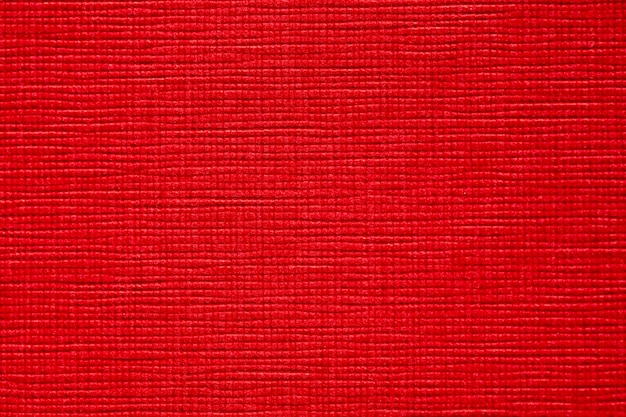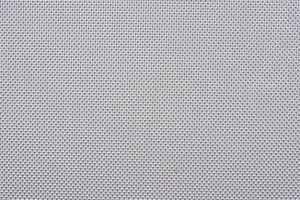
In the world of textiles, there is a constant quest for innovative and sustainable materials. Two such contenders, Modal and Tencel, have gained significant attention for their eco-friendly properties and luxurious feel. In this article, we will delve into the characteristics, production processes, and advantages of both Modal and Tencel fibers. By the end, you will have a comprehensive understanding of which fiber reigns supreme.
- Modal Fiber:
Modal fiber, derived from beech trees, is a semi-synthetic cellulose fiber known for its exceptional softness and breathability. The production process involves dissolving the wood pulp into a viscose solution, which is then extruded into fibers. Modal fibers possess several noteworthy qualities:
- Superior Moisture Absorption: Modal fibers have excellent moisture absorption properties, making them ideal for activewear and undergarments. The fibers can absorb up to 50% more moisture than cotton, keeping the wearer dry and comfortable.
- Enhanced Durability: Modal fibers exhibit high tensile strength, making them resistant to wear and tear. This durability ensures that garments made from Modal have a longer lifespan compared to other fabrics.
- Color Retention: Modal fibers have excellent color retention capabilities, allowing garments to maintain their vibrancy even after multiple washes. This feature makes Modal an excellent choice for vibrant and long-lasting clothing.
- Tencel Fiber:
Tencel, also known as lyocell, is another cellulose-based fiber derived from sustainably sourced wood pulp, primarily from eucalyptus trees. Tencel production involves a closed-loop process, where the solvent used to dissolve the wood pulp is recycled, making it an environmentally friendly choice. Let's explore the advantages of Tencel:
- Exceptional Softness: Tencel fibers are renowned for their luxurious softness, often compared to silk. This attribute makes Tencel an excellent choice for bedding, clothing, and other textiles where comfort is paramount.
- Moisture Regulation: Tencel fibers have excellent moisture-wicking properties, efficiently absorbing and releasing moisture. This feature helps to regulate body temperature, keeping the wearer cool and dry in hot and humid conditions.
- Eco-Friendly Production: Tencel production involves minimal chemical usage and utilizes a closed-loop process, resulting in a significantly reduced environmental impact compared to other fibers. This makes Tencel a sustainable choice for conscious consumers.
Conclusion:
Both Modal and Tencel fibers offer remarkable qualities that make them stand out in the textile industry. Modal excels in moisture absorption, durability, and color retention, while Tencel shines in terms of softness, moisture regulation, and eco-friendliness. Ultimately, the choice between Modal and Tencel depends on the specific requirements of the end product and the preferences of the consumer. By understanding the unique attributes of each fiber, you can make an informed decision and contribute to a more sustainable and comfortable future.


